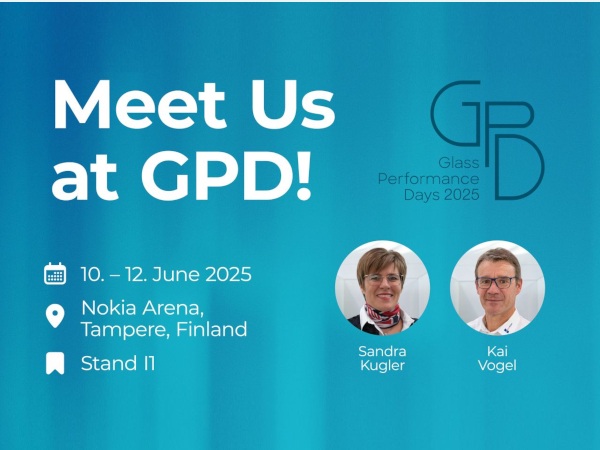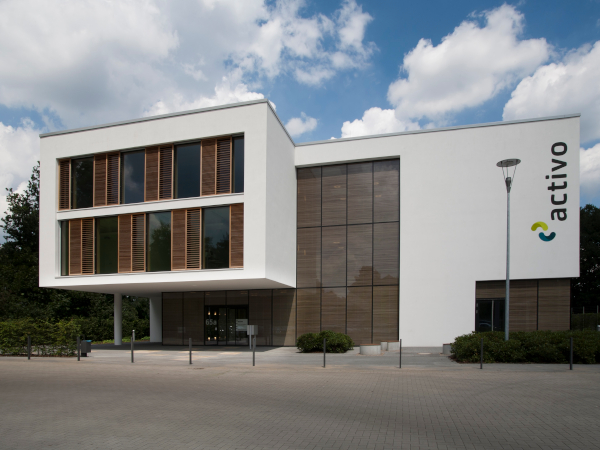
Date: 2 May 2017
With only few months remaining until the world’s leading glass industry specialists gather at the 25-year anniversary GPD Conference in Finland, we asked Jorma Vitkala, Chairman of GPD, to share his thoughts on what has happened during the past 25 years and where our industry is heading.
This article discusses the glass industry in terms of knowledge sharing, sustainability and energy efficient construction practices.
“The trendsetters of the industry have no fear for innovation and new concepts. It would seem that in the future, the movement is away from closed rooms towards open stages, like the information industry has done.” Jorma Vitkala, Chairman of GPD.
Looking back the past quarter-century
The biggest difference in comparing what the glass industry is today to what it was 25 years ago, is how truly global and efficient the information flow is today. To be more exact, local priorities used to dominate the industry in the old days, but now everything is global.
Furthermore, modern technology and advanced logistics promote knowledge sharing in terms of the travel and adoption of international practices. Even though construction remains local, technologies and construction components flow across borders as specialization more than upsets transportation costs.
What else has then changed within the global glass industry?
One answer could be: everything, except the fine tradition. In order to embrace these changes – promote innovations, support newcomers and transfer information between generations – it is important to bring together new technologies, creative start-up companies, investors and business angels.
“This is particularly important, since the challenges faced and solutions required have become common across the industry. In other words, during the 25-year old existence of GPD Conference, we have marked that there seems to be yearning on a global scale towards more sustainable construction practices,” says Mr. Vitkala.
Sustainable future for the whole supply chain
When looking back, a special statement or challenge – so popular in environmental discussions –that is being mentioned time and time again, is the thrive towards being sustainable.
The trendsetters of the glass industry have asked the following questions: Is it enough just being sustainable since it can be considered as being stagnant? On the other hand, why do we talk about green values – since the sky is the limit? Instead, should we thrive towards a more dynamic change that would include the whole supply chain?
In order to find sufficient solutions, a significant change needs to happen when considering the whole supply chain and its management. It has become clear that the interaction that occurs between the various players and materials traveling through the value chain, can be managed more efficiently – starting with the very first steps of the value chain.
To that end, architects and designers are using this opportunity to share their visions with equipment manufacturers and material suppliers in order to develop a more sustainable building practices.
Special solutions and technologies – the beginning of energy efficient construction practices
In the northern parts of Europe, triple glazed units became de facto or industry standard already over 40 years ago, and triple glazed coated and laminated insulating glass units have been around the last 25 years.
However, outside the Scandinavian countries, the change towards a more energy efficiency construction practices started to happen in the 1990’s. During that time, the notion of energy efficiency was a lot different from what it is today.
In the 90’s it was quite normal to build a construction or a building with single glazing windows. However, things started to shift in 1995 when Germany, one of the biggest European glass manufacturing counties, passed a legislation according to which every new construction had a mandatory requirement for double glazed low-E glass units.
To further ensure energy efficiency, the double glazed units were quickly manufactured with insulating gas fill. This requirement laid a strong foundation to rapid changes within the insulating glass industry. Sometime after that, the insulating glass industry started to manufacture triple glazed insulating glass units.
This alternative, that once was considered as a special option, has established its position in most parts of Europe, Canada and USA. Nowadays, requiring an insulating glass unit without coating or insulating gas, has become a rarity.
How can the energy efficiency then be reached in a more practical sense?
One of the most talked ways of advancing the notion of sustainability within the glass business is considering the special solutions or technologies benefiting the construction industry. In other words, the smart buildings and in particular, smart windows and smart glazing.
“What is exceptionally interesting is how the entire energy management plays a vital role in this equation. Smart glazing is changing the way buildings are being designed, as so many new elements, including light, temperature and visibility can be controlled,” Mr. Vitkala says.
At the moment, the top priorities for smart windows technology seem to be solar applications, design and energy-efficiency, to name a few. This, on the other hand, has an important connection with sustainability and cost management priorities.
"Furthermore, these developments in glass manufacturing practices where critical when considering the connection between energy efficiency, the future of smart building and their relationship with thermal comfort solutions. This, on the other hand, had also a significant effect on the future norms and standards set for sustainable construction practices,” says Mr. Vitkala.
Click the link below to download the article about what can be done in terms of quality control to guarantee the thermal comfort inside buildings with insulating gas filled smart windows.
ARTICLE
 600450
600450





















Add new comment